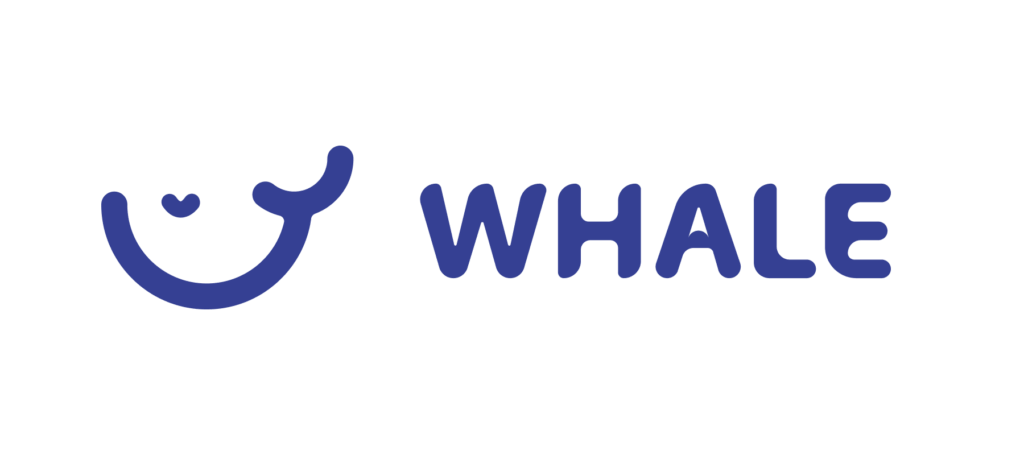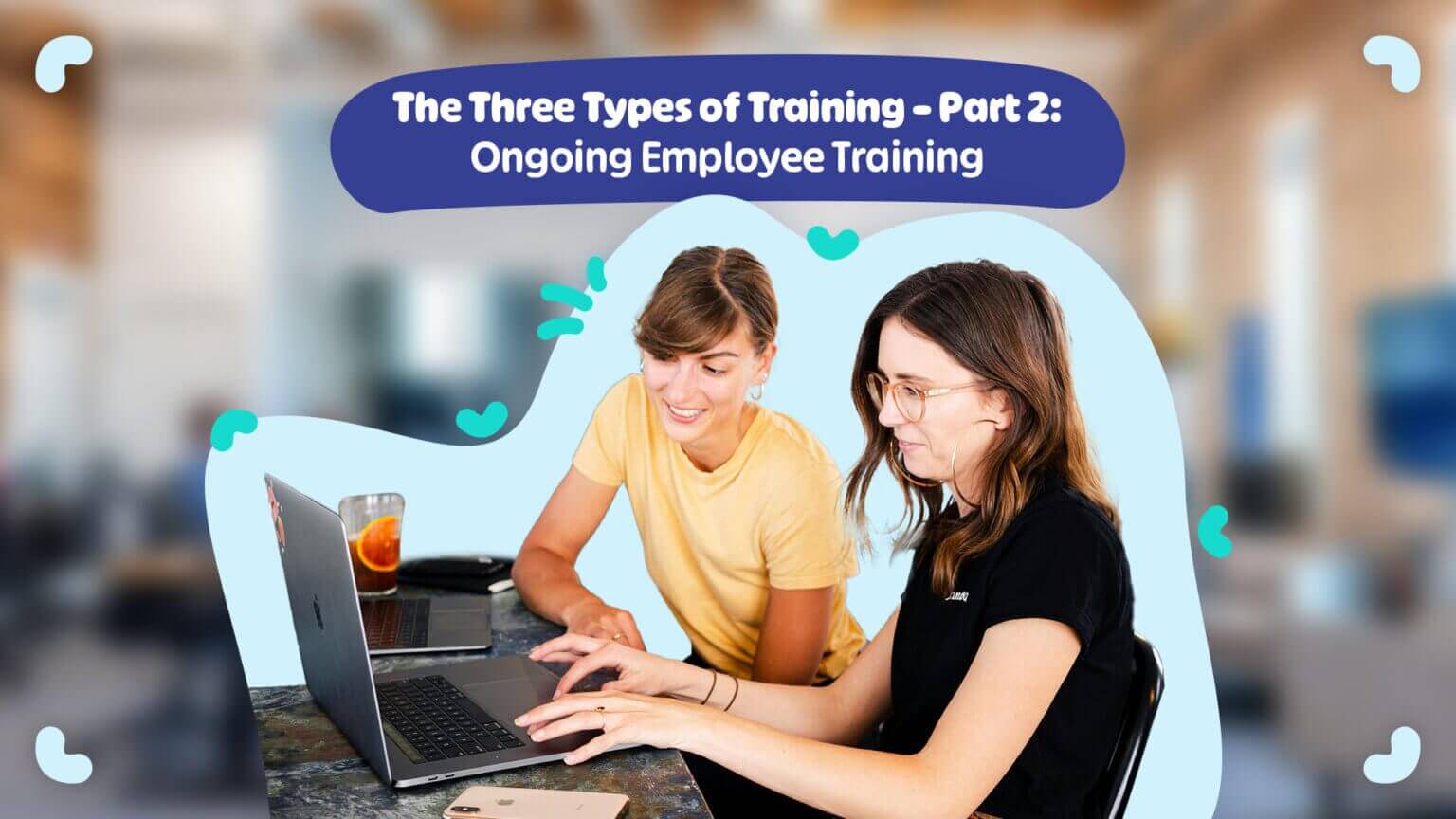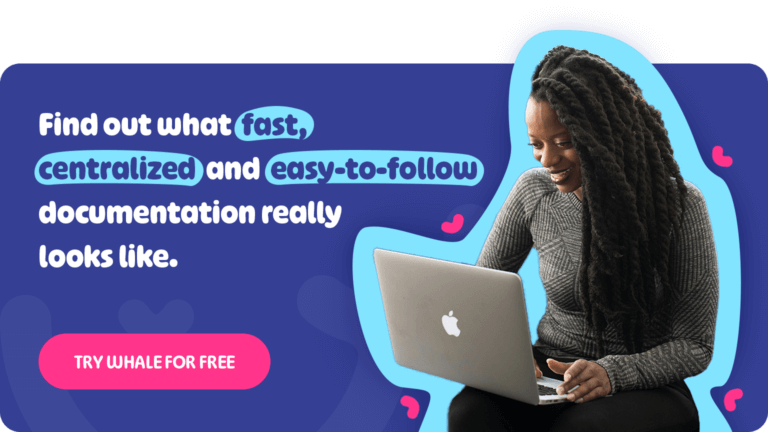There are a variety of different types of training that are crucial to ensure you’re giving your staff the tools they need to succeed.
In this miniseries, we’re going to give you everything you need to understand the three most important types of training. In this second part, we’re going to focus on employee training.
- New employee onboarding
- Ongoing Employee Training
- Transitional Training
The second type of training that we’d like to share with you is ongoing employee training.
Whilst it may seem obvious, continuing a well-structured training routine for your staff throughout their employment can have a hugely positive effect on their abilities, confidence, and likelihood to remain with the business.
Part 1: The three types of training – Part 1: Onboarding new hires
Part 3: The three types of training – Part 3: Transitional training
What is Ongoing Employee Training?
According to LinkedIn, 89% of L&D professionals believe proactively developing employee skills enables organizations to navigate the future of work better.
As the workforce dynamics continue to transform, companies that prioritize continuous learning and ongoing employee training gain a competitive edge.

Ongoing training helps you and your staff in several ways.
Skills
The most fundamental area that training affects is an employee’s skill set. Designed to assist your staff in acquiring and maintaining the skills they need to do their job, you can rest assured that you’re providing everything they need to grow and develop as required.
Engagement
Having a good training regime encourages employees to feel more engaged and enthusiastic about their work, meaning they are likely to do a better job. It also helps them to simplify their workplace experience and allows them to undertake more responsibilities.
Retention
Training is one of the many things that can affect employee retention. The more integrated your team is with their working environment, the more likely they are to become successful and stay with the company for a longer period of time.
Culture
Providing an experienced and well-structured training program within your business is an important and integral part of developing your internal culture.
Challenges to ongoing employee training
There are a few things that can stand in the way of building a successful ongoing employee training structure. 🤓
By recognizing and addressing these challenges proactively, organizations can create a learning culture that benefits both employees and the company as a whole.
Challenge No 1 - Digital Transformation
To stay up to date with the ever-changing business environment, companies must keep pace with existing technology. Digital Transformation is particularly pertinent in areas such as operations and strategy. You must ensure that the technology used to complete your training remains fit for your purpose.
In line with digital transformation, adopting digital tools and software is also an important piece of the puzzle. Employees need to be kept up to date with any new software which becomes available to assist them in completing their roles. Therefore training is vital to a successful rollout.
Challenge No 2 - Resistance to Change and Engagement
Introducing ongoing employee training may be met with resistance from some employees or even certain departments within an organization. People might feel comfortable with their existing skill set and be hesitant to embrace new learning opportunities. This resistance can stem from various factors, such as fear of change, perceived lack of time, or skepticism about the value of the training.
Engagement is crucial for the success of ongoing training initiatives. If employees do not perceive the training as relevant to their roles or future career aspirations, they may not actively participate or fully absorb the content. Utilize change management to get everyone aligned and onboard.
Challenge No 3 - Time Constraints and Workload Pressures
One of the significant challenges of ongoing employee training is finding the time to engage in learning activities amidst the regular workload. Employees are often busy with their day-to-day tasks and responsibilities, and dedicating time to training can be perceived as a hindrance to meeting immediate deadlines. Balancing work responsibilities with training sessions can be a delicate task, and without proper time management, employees may struggle to fully commit to the training programs.
Utilize employee training technology to allow team members to learn at their own pace and at the times that work for them.
What are the benefits of ongoing employee training?

Despite the challenges, your business can take a great many more benefits from ongoing employee training. It allows you and your staff to stay ahead of the curve regarding industry changes, including what is considered ‘best practice,’ compliance and regulations, and new technologies that can help the way you work.
A good learning routine will help maintain and improve your employee’s knowledge and skills whilst improving their performance and job satisfaction levels.
Here are some additional benefits of ongoing employee training you may not have considered;
Boosting Employee Engagement and Retention
Employees are more likely to remain loyal to a company that invests in their development and growth. Ongoing training not only enhances skills but also provides employees with a sense of personal and professional fulfillment. Engaged employees are more committed to their roles, display higher levels of productivity, and are less likely to seek opportunities elsewhere. This, in turn, reduces turnover rates and saves the organization from the costly process of recruiting and onboarding new talent.
Fostering Leadership and Career Advancement
A well-structured ongoing training program allows employees to progress in their careers and ascend to leadership roles. By nurturing leadership skills through various learning opportunities, companies can create a pipeline of capable and motivated leaders from within their ranks. Employees perceive such advancement opportunities as a sign of recognition and appreciation, which further reinforces their dedication to the organization.
Addressing Skill Gaps and Improving Performance
Identifying skill gaps and addressing them through continuous training is essential for maintaining a competent workforce. Regular assessments and evaluations can help determine areas that need improvement, allowing the company to design targeted training modules. As employees develop their skills, their performance improves, positively impacting overall organizational productivity and efficiency.
A 4 step process for ongoing employee training
The digital economy is continuously changing, meaning that your business must evolve with it to stay viable. The more agile your internal processes for change are, the better you can respond to these changes and become successful in the digital age.
1. Conduct a needs assessment
Conduct regular assessments to identify skill gaps and training needs within the organization. This data-driven approach ensures that training efforts are focused on areas that yield the most significant impact.
2. Use diverse training methods
Utilize a mix of training methods, such as workshops, seminars, e-learning modules, mentorship programs, and on-the-job training, to cater to various learning styles and preferences.
3. Get support from leadership
Garner support from top-level management to champion ongoing employee training initiatives. When leaders actively participate and endorse these programs, it reinforces their importance to the entire workforce.
4. Measure and Evaluate
Continuously monitor the effectiveness of training programs by gathering feedback and conducting post-training assessments. This data will help fine-tune the training approach and ensure maximum ROI.
Things worth keeping in mind:
Skills: Your ongoing training program should be developed depending on the particular skills you are trying to develop or augment.
Frequency: It’s important to ensure you don’t overload your staff with training but offer them support when and where it’s needed.
Delivery: Once you have agreed on the focus of the training and your frequency, you need to determine how you will deliver your ongoing training.
Your ongoing employee training checklist
An ongoing employee training checklist serves as a valuable tool for organizations to ensure that their training programs are well-planned, comprehensive, and effective.
Below is a checklist to guide you in developing and implementing successful ongoing employee training initiatives:
- ✅ Your staff find value in training and be motivated to learn and change their behavior.
- ✅ The material should provide continuous performance improvements.
- ✅ Ongoing training should be a part of getting the work done, not an additional requirement.
- ✅ Employees must have the functionality to provide feedback, allowing you to optimize and improve processes.
- ✅ Policies and procedures should be in place to ensure that any misconduct can be dealt with fairly and judiciously. Policies should be built to make employees accountable for such behaviors and have fair consequences.
- ✅ At all levels, employees should be expected to challenge, examine and reflect on their own skills, knowledge, abilities, and motivations, which could enhance or limit their personal and professional growth.
- ✅ Employees should be rewarded for training and improvement achievements.
Training Needs Assessment ✅
- Identify the specific skills and knowledge gaps within the organization.
- Conduct surveys, interviews, and performance evaluations to determine training priorities.
- Align training objectives with the company’s strategic goals and individual career development.
Training Program Development ✅
- Clearly define the learning outcomes and objectives for each training module.
- Select appropriate training methods (e.g., workshops, webinars, e-learning, on-the-job training) based on the identified needs.
- Develop or source training materials, content, and resources that are relevant, up-to-date, and engaging.
Training Delivery ✅
- Create world-class content that delivers The Netflix Effect!
- Leverage various training technologies and platforms to enhance accessibility and engagement.
Monitoring and Evaluation ✅
- Set up metrics and performance indicators to measure the effectiveness of the training programs.
- Regularly assess employee progress and knowledge retention during and after training sessions.
- Gather feedback from participants to identify areas for improvement and potential modifications to training content.
How Whale can help?
Ongoing employee training is a strategic investment that pays rich dividends in the form of a skilled, engaged, and adaptable workforce. By fostering a culture of learning and providing employees with the tools to excel, organizations can future-proof themselves in a competitive world. By implementing best practices and embracing continuous improvement, companies can reap the full benefits of ongoing employee training, leading to a prosperous and sustainable future.
Whale’s just-in-time training delivers bite-sized information to your staff when they need it the most, focusing on:
- Relevant to work-related tasks and skills
- Helping toward an active learning culture
- Providing the ability to prompt feedback
Part 1: The three types of training – Part 1: Onboarding new hires
Part 3: The three types of training – Part 3: Transitional training
Want more help with structuring your onboarding process? Why not download our eBook “How to integrate and optimize your onboarding processes”?



